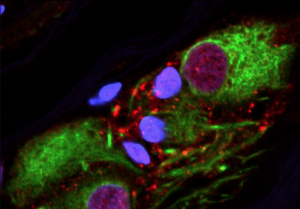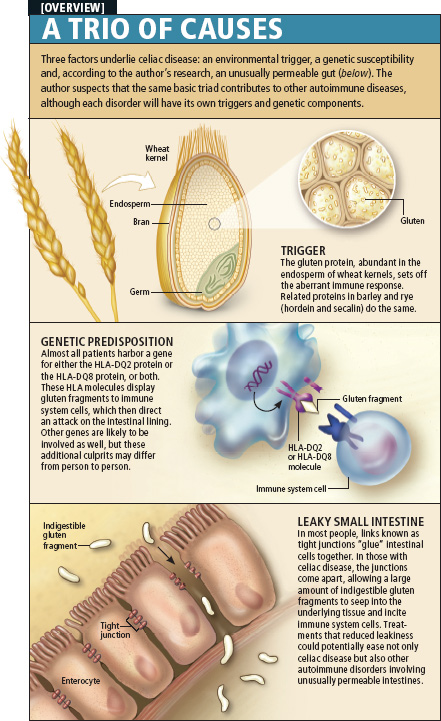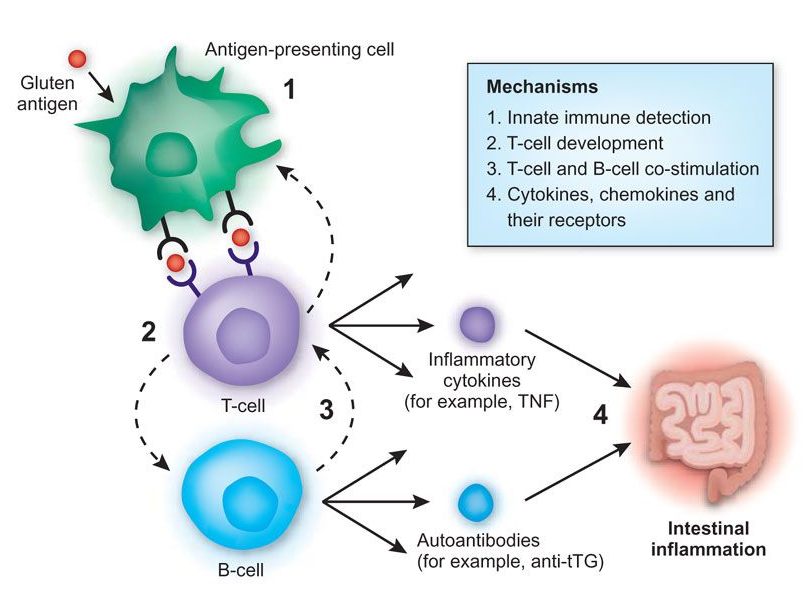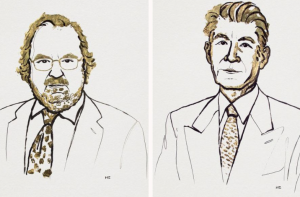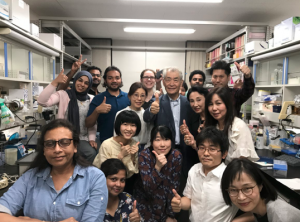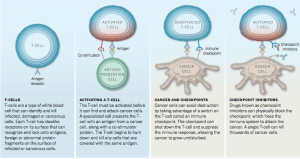
“What are stem cells? – Craig A. Kohn” Video Source: TED-Ed Youtube Channel
What are stem cells?
Stem cells are your body’s internal repair system and seemingly remember past injuries of tissues by retaining memories of old injuries for improvement of healing in the future. Studies have indicated that stem cells also have behavioral roles of responding to the environment and sensing it.
As living beings, there are times we encounter various kinds of injuries through some traumatic events. These can be simple from paper cuts to serious injuries like the loss of limbs infarction. The body has a mechanism of healing these damaged tissues. Some organisms like earthworms have the ability of regrowth of complete body parts after an injury but human beings have no such ability. Stem cells are known to replenish such types of injuries by focusing on the healing of other cell types.
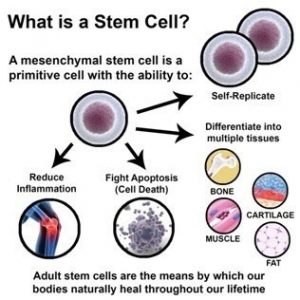
” What is a Stem Cell“ Source:Relievus
How can stem cells repair injuries?
In the healing context, repair refers to restoring tissue function and architecture after an injury. This is based on the processes of replacement and regeneration. Research has indicated that these stem cells also have the ability of remembering past inflammation and wounds. The suggestion from studies of the gut, airways and the skin is that together with the immune system, stem cells use the memories for the improvement of tissue responses to later assaults by pathogens which are bacteriums, viruses that can cause disease.
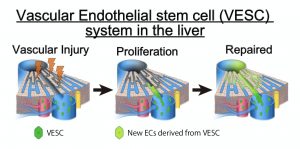
“VESC system in the liver” Source: MedicalExpress
The repair of tissues can lead to restoration of some of the original structures of the tissue damaged like epithelial layers but in complex healing of organ functions. Additionally, when the responses of the stem cells fail to go in the right way, they can lead to various enduring health problems based on chronic inflammation. It thus means that stem cells directly communicate with the immune system to facilitate healing but the stem cells have a central role of making tissues adapt to preservation.
(Word count:334)
Wenyu Zhao





